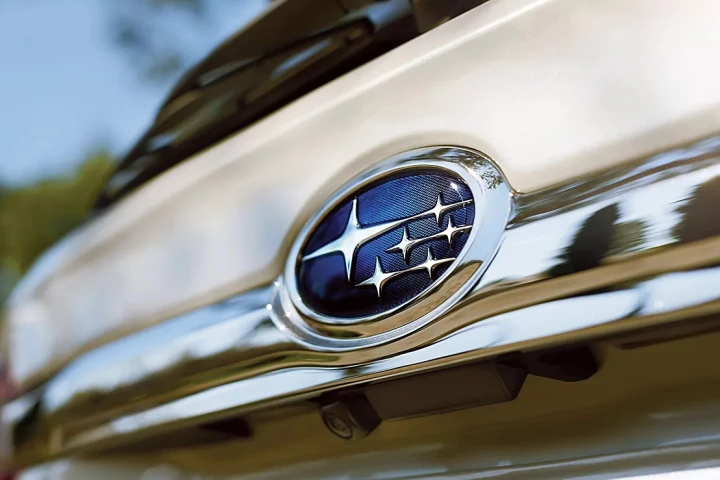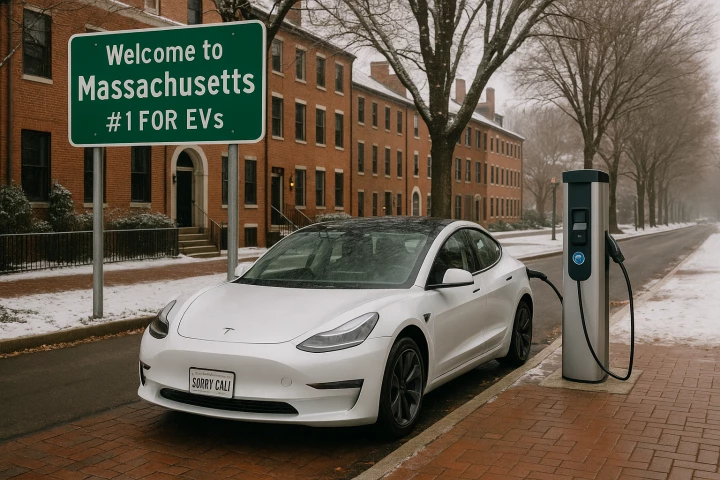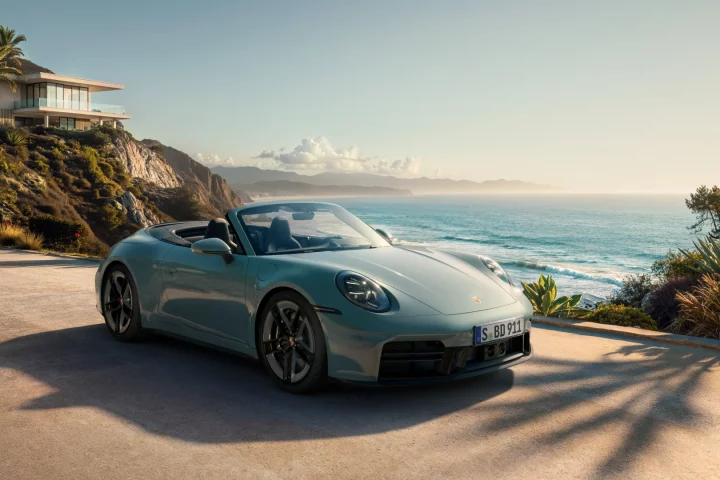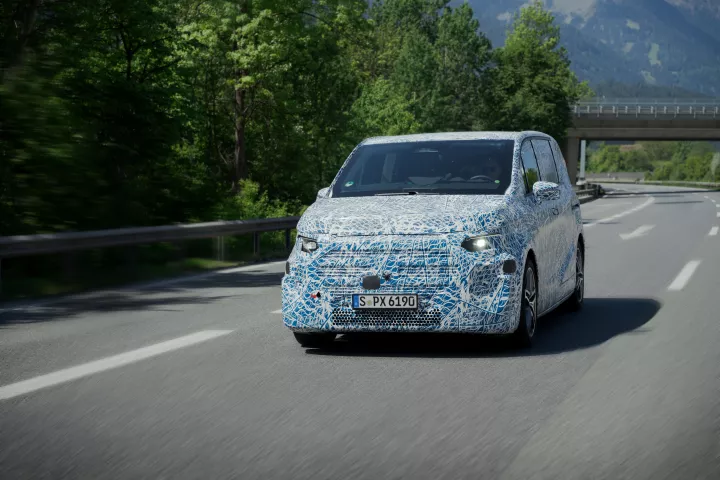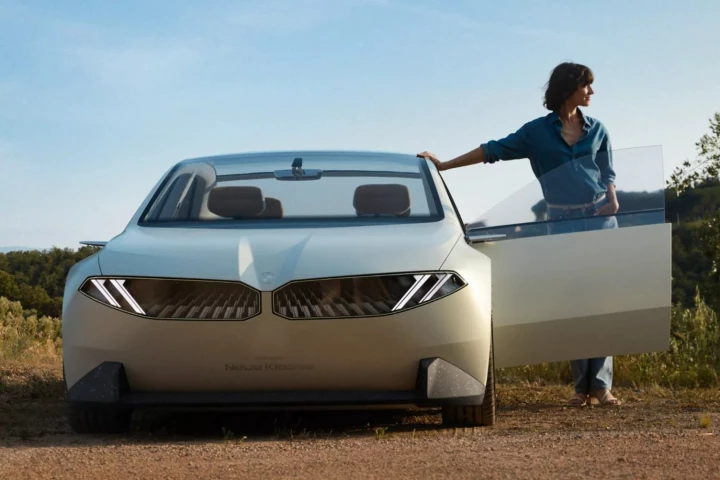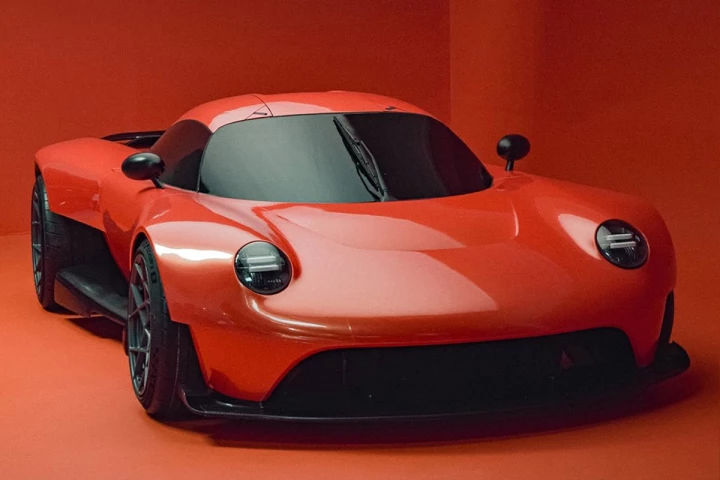Automotive
New cars, concepts, EVs and the latest automotive news including test drives, reviews and coverage from the major auto shows around the globe.
Top News
-
Consumer Reports' brand reliability report for 2024 has been released. According to the survey, the brands that make up the top five remain the same as last year, but it is Subaru which now holds the #1 spot, becoming the most reliable car brand.
-
Kawasaki Heavy Industries has pulled the covers off perhaps the most outrageous concept vehicle we've ever seen. The Corleo is a two-seater quadruped robot you steer with your body, capable of picking its way through rough terrain thanks to AI vision.
-
It's not often you get two household names in one headline, but that's what happened at Mecum's annual collector automobile auction season Kickstarter in Florida this week, with a who's who of motorsport stacking the provenance of the same car.
Load More
Latest News
-
July 12, 2025 | Utkarsh SoodInadequate public charging infrastructure and range anxiety have been the Achilles' heel of EVs. Lucid Motors might have put such problems in the rear-view mirror by breaking the Guinness World Record for the longest journey by an EV on a single charge.
-
July 11, 2025 | Aaron TurpenThe Kia K4 looks good, feels premium, and has high levels of tech and safety. In a world giving up on affordable cars, it’s a surprisingly good entry-level compact.
-
July 11, 2025 | Ben CoxworthPerhaps you like the idea of threading your way through traffic on a nimble electric motorbike, but don't like the thought of being unprotected. If so, then the Trinova may be the fully-enclosed, tilting three-wheeled EV you've been dreaming of.
-
July 10, 2025 | C.C. WeissKawasaki continues teasing its RZR-fighting flagship side-x-side, a high-performance monster promising top-of-market power. It has revealed the new rig will also include adaptive suspension and a spacious cabin with more seats than the competition.
-
July 10, 2025 | Aaron TurpenE=MCPura is the glib formula Maserati says has evolved the MC20, its most current halo car, into its replacement. The MCPura keeps the 20’s powertrain, but changes almost everything else.
-
July 10, 2025 | Aaron TurpenMany assumed that the advent of the sportier CX-50 would mean the end of the more sedate CX-5 crossover. They were wrong. An all-new version of the CX-5 has been unveiled.
-
July 09, 2025 | Utkarsh SoodAsk anyone in the USA, and they’ll tell you that hippy-dippy, Tesla-lovin' California is the most EV-friendly state. But what if I told you it’s not even in the top 10?
-
July 07, 2025 | Utkarsh SoodPorsche is bringing back the all-wheel-drive 4S grade for the 911 Carrera coupe, Carrera cabriolet, and Targa models for 2026. The introduction of these new models expands the current 911 portfolio to 17 cars. How many 911s are too many?
-
July 06, 2025 | Utkarsh SoodMercedes-Benz is serious about electric luxury travel, and its upcoming VLE electric van is the latest proof of this. In the latest round of real-world tests, the MPV completed a 684-mile journey from Stuttgart to Rome with impressive efficiency.
-
July 06, 2025 | Utkarsh SoodBMW is working a new 3 Series that will include a standalone EV called the i3 alongside the standard ICE and plug-in hybrid models. Unlike the oddball carbon-fiber hatchback, the next-generation electric i3 is set to be an out-and-out sedan.
-
July 04, 2025 | Utkarsh SoodXiaomi might not be a seasoned veteran in the auto industry, but the electronics-turned-automotive giant is currently one of the hottest players in China’s EV space. That’s largely thanks to the launch of its all-new SUV, the YU7.
-
July 04, 2025 | Abhimanyu GhoshalI'm oversimplifying, but a lot of the latest hypercars feature similarly sharp and futuristic designs that blend into each other. Canadian twins Nikita and Iliya Bridan decided to go another way with their wicked creation, the Oilstainlab HF-11.
-
July 01, 2025 | Utkarsh SoodYou don’t know what you have until it’s gone. But what if you never even had it? That’s exactly the case with the Suzuki Jimny, a car with a rich history spanning over five decades that sadly never made its way Stateside. Here's why it deserves a shout.
-
July 01, 2025 | Joe SalasThe son of Giorgetto Giugiaro – creator of the 1972 Maserati Boomerang – answers with the Peralta S: a shiny, wedge-shaped one-off sculpted from polished aluminum. It’s a modern tribute to a design legacy, and it’s making its US debut at Car Week.
-
June 30, 2025 | Aaron TurpenThe Chevrolet Blazer has been through more reboots than Peter Parker. This time around, though, it may have stuck the three-point landing. Which is good news for GM’s future.
Load More
